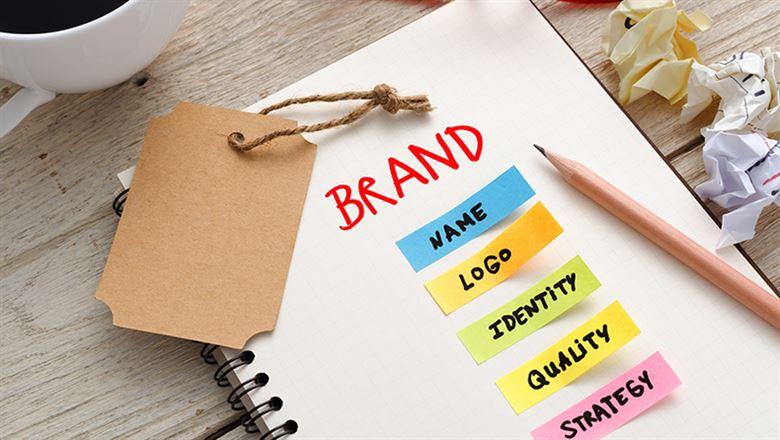A Rebranding Strategy to Ensure Future Success

Is your association widely respected but also widely unknown? To address this discrepancy, one association's marketing and communications team took on a rebranding project that went beyond a new logo.
When shifting priorities and new audiences are constantly challenging the status quo, can you rest on your laurels? Are you strategically putting your association on the path to future success? These were some of the questions my organization, the Accreditation Board for Engineering and Technology, an association that accredits global STEM-related university programs, set out to answer as we embarked on a journey to take hold of our message and reach new audiences.
Even though ABET has 3,700 accredited programs in 30 countries worldwide, we were struggling to convey its value to different stakeholders. Staff had never made any effort to examine and articulate the organization's value proposition, leaving people to come up with their own definitions. The resulting lack of a clear and core purpose severely hindered our communications and outreach efforts.
To begin a rebranding process focused on positioning and strategy, the marketing and communications team needed to identify the issue, develop a plan, and get support from the CEO, senior staff, and most importantly, volunteer leadership by helping them understand the need and process. The initial pitch was this: Let's look at our reputation, let's hear what people think about us, and let's see how closely it does or does not align with what we think about ourselves.
We then launched a comprehensive research analysis to identify where we were and where we needed to go. We surveyed nearly 1,000 individuals from the U.S. and overseas, conducted in-depth interviews with a diverse set of stakeholders, and organized two daylong workshops with staff to ensure that we had a variety of opinions, perspectives, and backgrounds.
Our new brand now serves as the cornerstone of a multifaceted effort to position us for the future, aligning our organization more closely with the sectors we serve.—Michael Milligan, Accreditation Board for Engineering and Technology
The results revealed a dissonance between the high regard for ABET accreditation and the ambivalent impression of ABET as an organization. Using these results, the communications team developed a rebranding campaign that included a new website, logo, colors, tagline, and change in culture that shifted our focus to the expertise and confidence that we provide to programs, students, parents, employers, and the public. Our tagline became "Be Confident," and we now refer to our program evaluators as "ABET Experts" instead of volunteers.
"ABET now has a solid brand that is based on our heritage and presence, but we are also an organization that is poised for tremendous growth," ABET Executive Director and CEO Michael Milligan, CAE, says. "Our strong connection with our many stakeholders compels us to evolve to meet their needs. Our new brand now serves as the cornerstone of a multifaceted effort to position us for the future, aligning our organization more closely with the sectors we serve. It is also a daily reminder of what we have set out to do—assure confidence."
Our new brand was launched in two phases. Internally, we unveiled it to senior leadership, volunteer leadership, and all staff, in October 2014. Then in April 2015, we held a VIP launch party where guests were introduced to the new brand and redesigned website. The following day, at our flagship event—the ABET Symposium—more than 700 people learned firsthand about the new brand and direction that the organization was taking.
After a successful rollout, our current focus is on training staff and our 2,200 ABET Experts—program evaluators who carry out ABET's accreditation activities around the world. As a result of the rebranding, we have been able to attract and retain a growing number of millennials, who account for roughly 30 percent of our 40-person staff. ABET Experts also have been engaging more actively with the organization, and the enthusiasm for the new brand was so strong that we launched an online pop-up store to sell merchandise with the new logo. We realized there was an enormous sense of pride in being part of our organization and that many were eager to show it.
Through this ongoing process—that has been challenging at times—we understood that transformational projects are designed to change organizational habits and improve processes, which require constant effort and commitment. Although it may be ambitious to start change from a position of strength, it is the most certain way to position an organization as a thought leader in the field.

